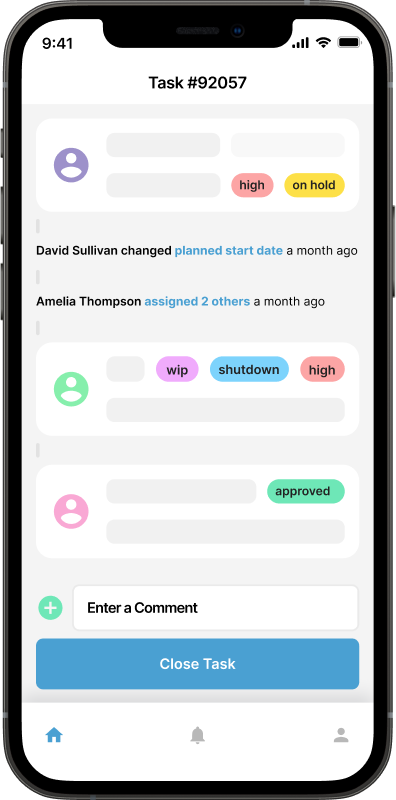Emergency Preparedness in Facility Management: Creating Response Plans

When unforeseen challenges can disrupt operations at any moment, having robust emergency preparedness strategies is paramount. Facility managers play a pivotal role in ensuring the safety of occupants and the continuity of essential services during crises. As the saying goes, "Failing to plan is planning to fail." This holds particularly true in the realm of emergency response.
In this blog, we delve into five essential strategies for creating effective emergency response plans in facility management. From leveraging technology like software asset management to fostering collaboration, these strategies are the bedrock of a resilient and responsive facility management system.
5 Essential Strategies for Creating Effective Emergency Response Plans in Facility Management
The following essential strategies will help businesses ensure safe workplaces by effectively creating emergency response plans:
Strategy 1: Risk Assessment and Analysis
Before crafting a response plan, facility managers must conduct a comprehensive risk assessment and analysis. This involves identifying potential hazards, evaluating their impact, and understanding vulnerabilities within the facility. Software asset management tools can prove invaluable in this process, providing real-time data on critical assets and potential weak points. By leveraging this technology, facility managers can enhance their understanding of the facility's risk landscape, enabling them to develop targeted and efficient response plans.
Strategy 2: Clear Communication Protocols
Effective communication is the linchpin of any successful emergency response plan. Establishing clear communication protocols is crucial to ensure that information flows seamlessly among stakeholders during a crisis. Utilizing facility management software, which integrates communication features, can streamline this process. This not only facilitates swift communication but also allows for real-time updates and coordination, enhancing the overall effectiveness of the response plan.
Strategy 3: Training and Drills

A well-devised emergency response plan is only as effective as the team implementing it. Regular training sessions and drills are essential to familiarize facility staff with emergency procedures. Incorporating software asset management training into these sessions ensures that staff can efficiently use technology tools during high-stress situations. This proactive approach not only boosts response capabilities but also instils confidence among team members, fostering a culture of preparedness.
Strategy 4: Resource Allocation and Contingency Planning
Resource allocation is a critical aspect of emergency preparedness. Facility managers must identify and secure the necessary resources in advance, avoiding bottlenecks during crises. Software asset management tools can aid in tracking and managing these resources efficiently. Additionally, developing contingency plans for various scenarios ensures adaptability in dynamic situations. By creatively integrating software asset management into contingency planning, facility managers can optimize resource utilization and response efficiency.
Strategy 5: Collaborative Partnerships
In times of crisis, collaboration is key. Facility managers should establish collaborative partnerships with local emergency services, neighbouring facilities, and relevant community organizations. Through shared resources and information exchange, the collective response capacity is significantly enhanced. Software asset management can play a role in facilitating these partnerships by providing a platform for shared data and communication. Creative use of technology fosters a networked approach to emergency preparedness, strengthening the overall resilience of the facility management ecosystem.
Conclusion
A proactive approach to facility management emergency preparedness is non-negotiable. By implementing these five strategies and creatively integrating software asset management, facility managers can create response plans that are not just robust but also adaptive to the challenges of today's dynamic world. The key lies in meticulous planning, effective communication, and leveraging technology to enhance the overall resilience of facility management systems.

